The trickle-down of medical glove price hikes
A nitrile glove manufacturing facility in China. Photo: VCG/VCG via Getty Images
A critical shortage of medical gloves during the pandemic last year led to large price hikes from the makers of those gloves — costs that everyone ultimately will absorb.
Driving the news: Medical equipment supplier Owens & Minor reported $660 million of extra revenue in 2021, and expects an additional $235 million this year, based solely on passing along higher costs of purchasing gloves.
How it works: Suppliers like Owens & Minor buy large portions of their medical gloves from contract manufacturers, many of which are based in Asia.
- The pandemic created an overwhelming demand for sterile gloves, and manufacturers raised prices, a lot — Forbes pegged a box of 100 nitrile gloves in February 2021 as high as $32, up from $3 before the pandemic. Glove prices are receding as demand slows down.
- Suppliers pass along those costs to their customers, which are hospitals and other medical facilities.
- Those providers then eventually pass along those costs to employers and insurance companies, and those groups will eventually pass along those costs to you through higher insurance premiums and taxes.
Between the lines: Owens & Minor executives previously said the company would not retain glove price increases, saying it did not want to profiteer.
- But CFO Andrew Long told Wall Street yesterday those higher glove costs ended up being "slightly favorable" to the company's profitability last year.
The bottom line: The medical glove industry has reaped a lot of extra money from pandemic-era shortages. This is one example of the inflationary impact COVID could end up having months or years down the road.
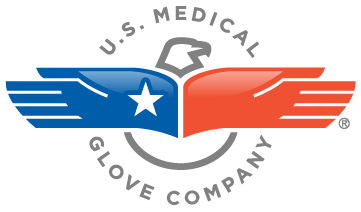
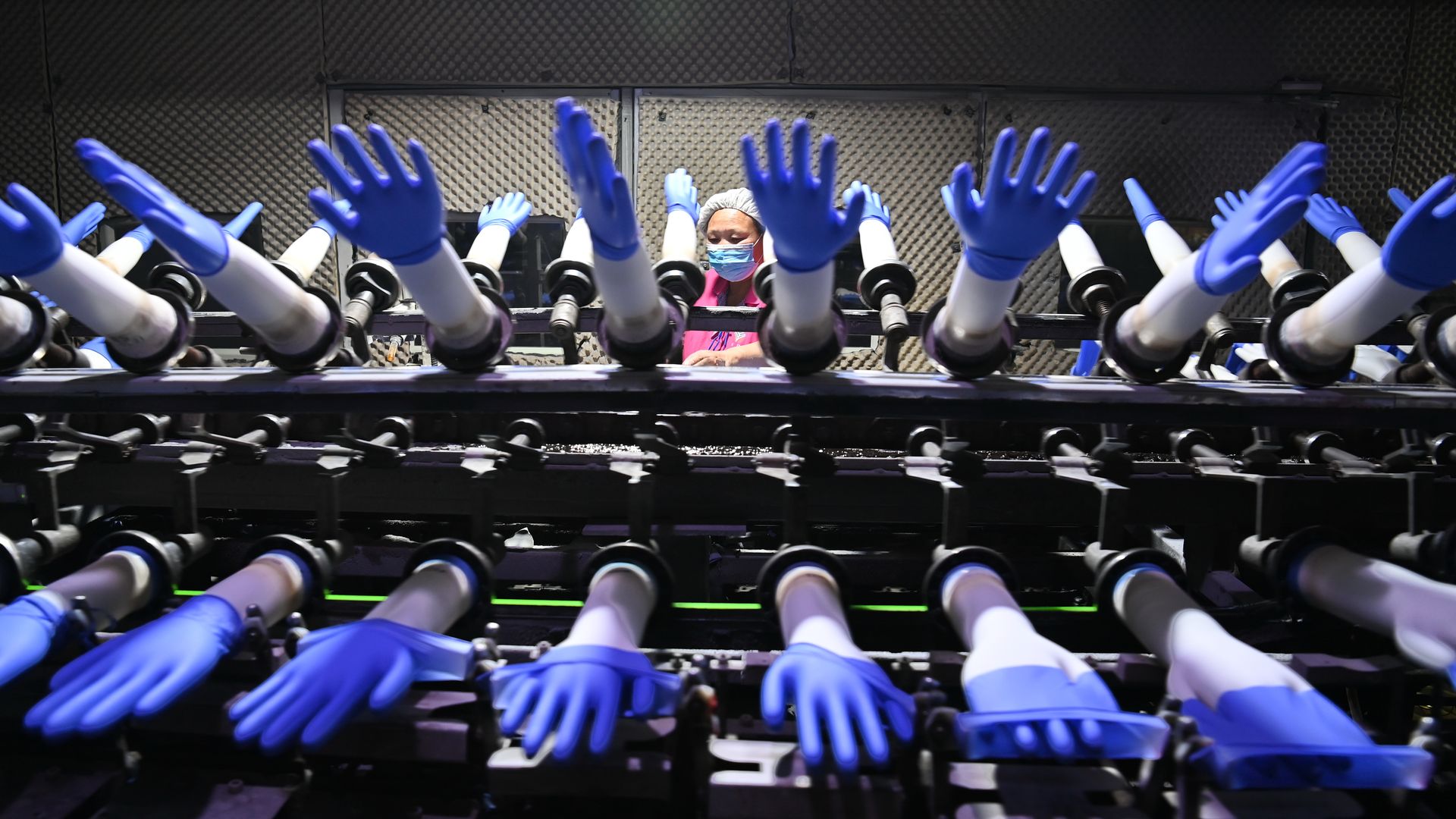
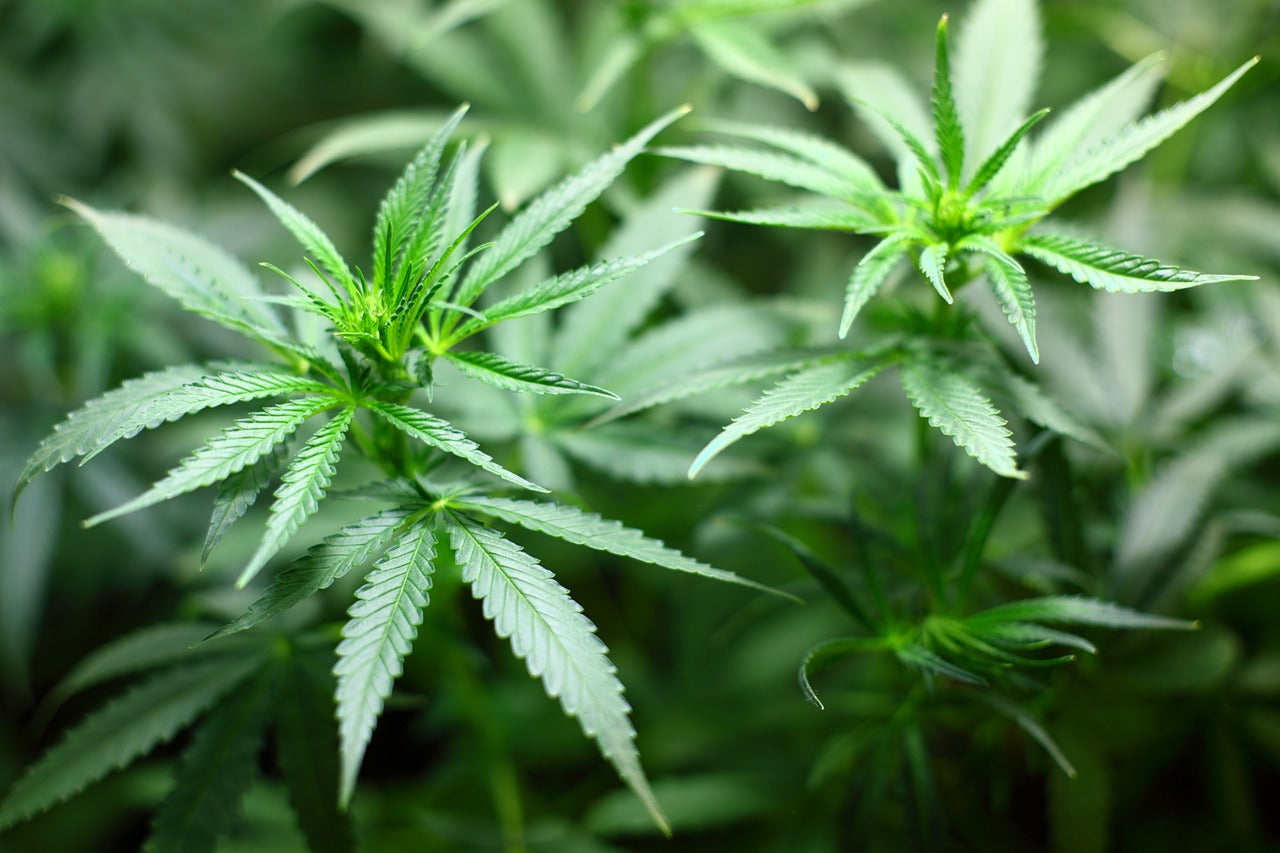
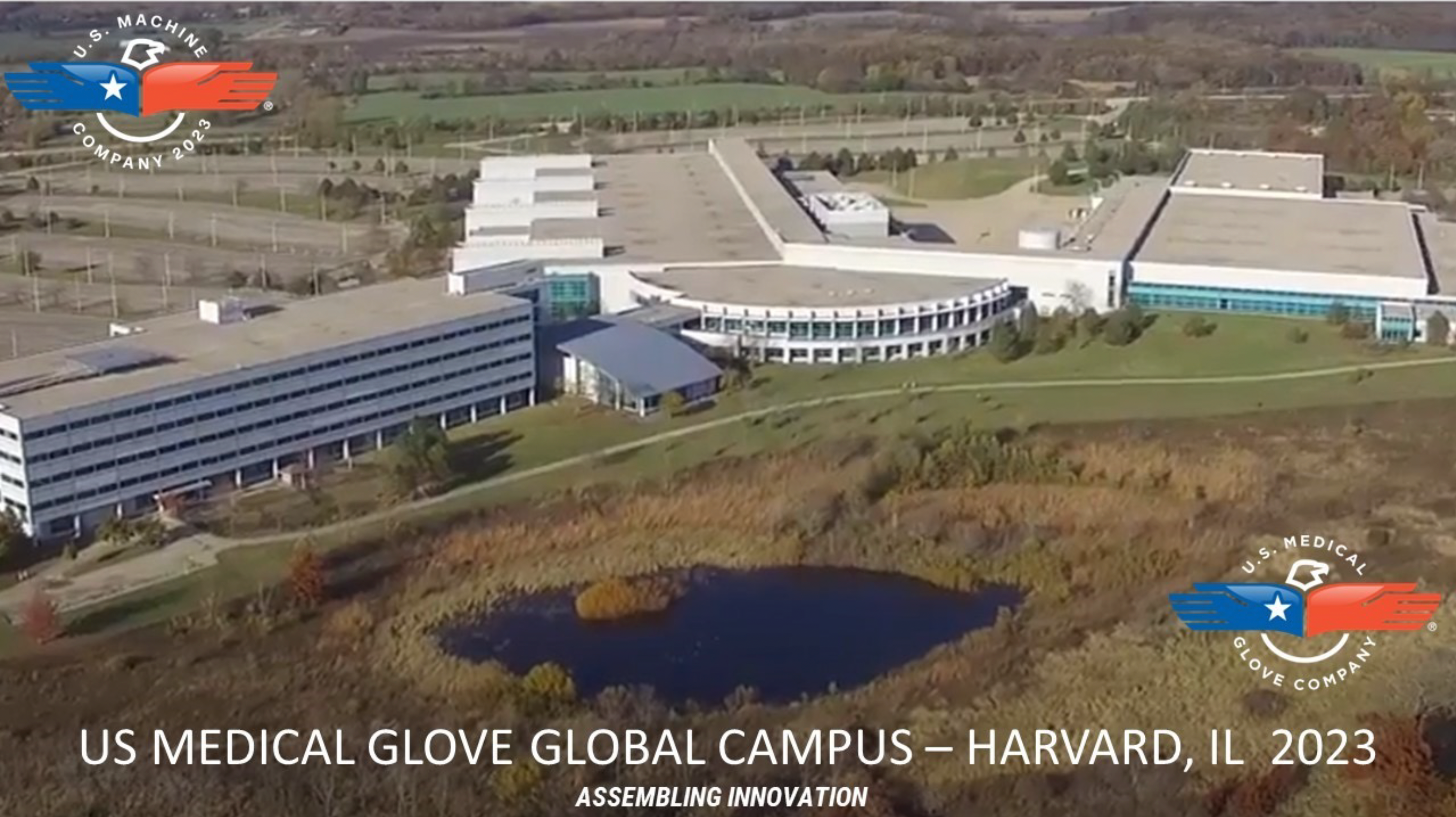
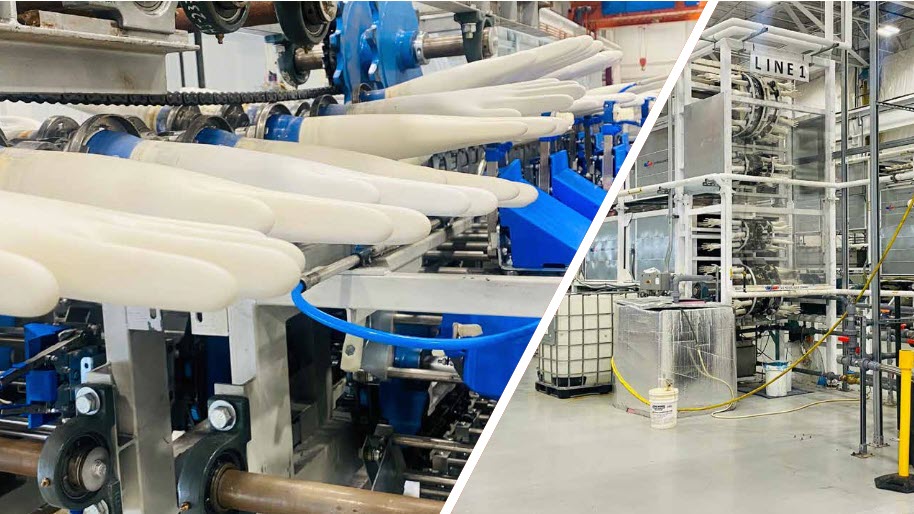
Leave a comment